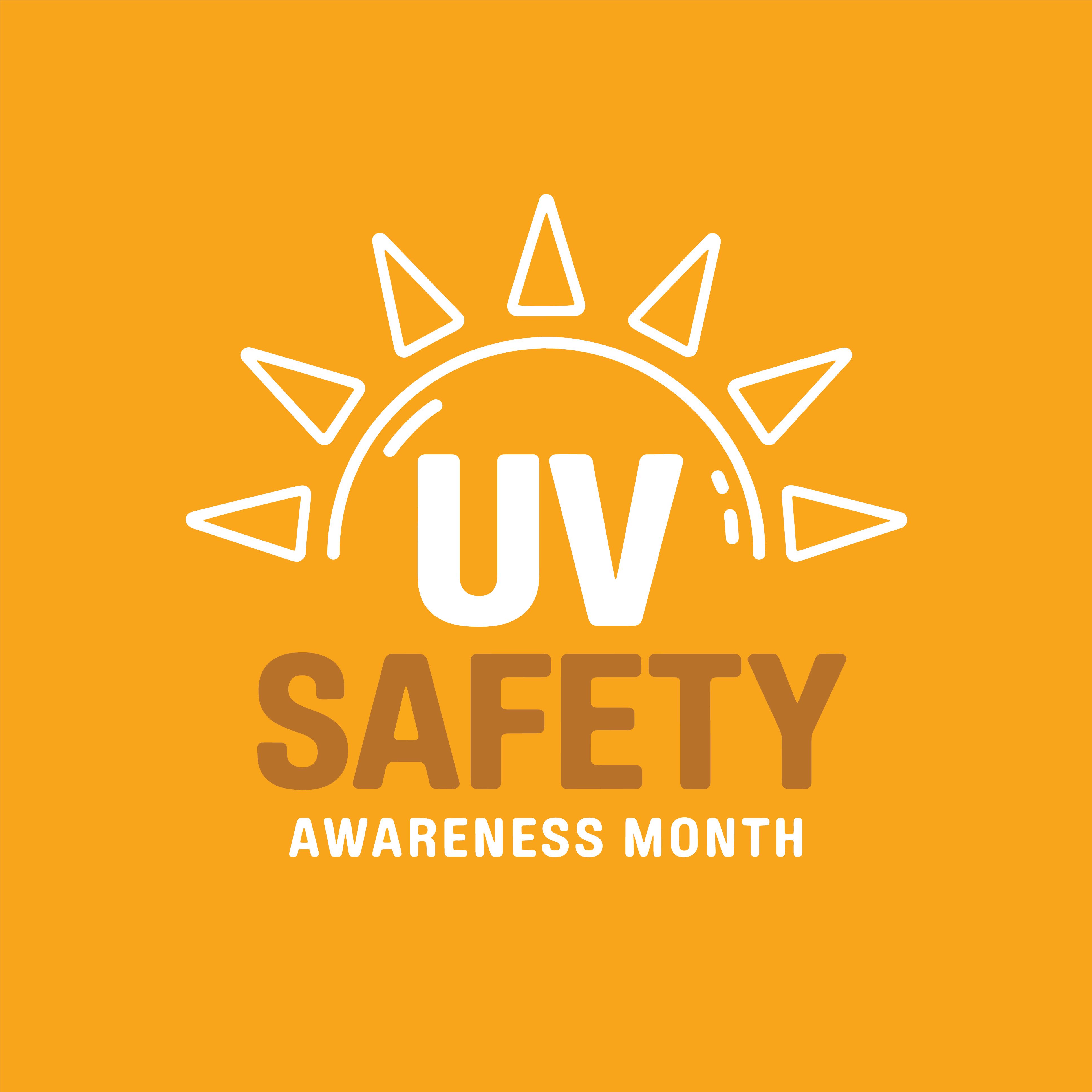- Center on Health Equity & Access
- Clinical
- Health Care Cost
- Health Care Delivery
- Insurance
- Policy
- Technology
- Value-Based Care
Sun Exposure Risks Brought to Light During UV Safety Awareness Month
July is UV Safety Awareness Month, highlighting the growing risks of UV radiation and encouraging the use of protective measures to reduce sun-related health threats.
As many Americans prepare for outdoor Fourth of July celebrations, the start of UV Safety Awareness Month serves as a timely reminder to take protective measures against sun exposure during the holiday and beyond.
July is UV Safety Awareness Month, highlighting the growing risks of UV radiation and encouraging the use of protective measures to reduce sun-related health threats. | Image Credit: Nass Studio - stock.adobe.com

Understanding UV Radiation and Its Risks
UV Safety Awareness Month is observed each July as summer intensifies across the Northern Hemisphere.1 The initiative aims to raise awareness and encourage individuals to take proactive steps to protect themselves from the harmful effects of UV radiation.
Invisible to the naked eye, UV radiation is a form of electromagnetic radiation composed of high-energy waves that can damage DNA and cause sunburns. Although the sun is the primary source, artificial sources such as tanning beds also emit UV radiation.
There are 2 main types of UV rays: UVA and UVB. UVA rays are longer and penetrate deeper into the skin, contributing to premature aging and wrinkles. In contrast, UVB rays are shorter and primarily responsible for sunburn. Roughly 95% of UV rays that reach the Earth's surface are UVA, with the remaining 5% being UVB.2
At this year’s American Academy of Dermatology Annual Meeting in Orlando, Florida, experts highlighted how air pollution has intensified UV exposure.3 Chlorofluorocarbons, in particular, contribute to climate change by acting as potent greenhouse gases and damaging the stratospheric ozone layer, allowing more UV radiation to reach the Earth’s surface.
The Health Impact of UV Exposure
In addition to causing sunburn and premature aging, UV exposure is a leading cause of skin cancer, the most common cancer type in the US.4 It is estimated that 1 in 5 Americans will develop skin cancer in their lifetime.
The 3 main skin cancer types are basal cell carcinoma, squamous cell carcinoma, and melanoma.1 Basal cell carcinoma is the most common, accounting for about 80% of cases. It typically grows slowly and can often be treated effectively with surgery or radiation. Squamous cell carcinoma makes up around 20% of cases and commonly develops on sun-exposed areas of the body, like the face, hands, and neck.
Although melanoma makes up only about 4% of skin cancer cases, it is the most serious type due to its aggressive nature. If not detected and treated early, melanoma can quickly metastasize to other parts of the body. As a result, survival rates exceed 99% when the cancer is caught early and still localized, but they fall to 75% with regional spread and 35% when it reaches distant sites.5
Excessive UV exposure can also lead to serious eye conditions, namely cataracts and pterygium, both of which can impair vision.2 Additionally, UV radiation can weaken the immune system, reducing the body’s ability to fight off certain infections and diseases.
Effective Ways to Minimize UV Damage
According to Weill Cornell Medicine, the amount of UV exposure a person receives depends on the strength of the rays, the duration of skin exposure, and the presence of any protective measures.
To minimize sun exposure and reduce the risk of UV-related skin damage, it is recommended to seek shade as often as possible, especially between 10 AM and 4 PM, when the sun's rays are strongest. If outside in the sun, individuals should wear protective clothing, including long-sleeved shirts, pants, wide-brimmed hats, and UV-blocking sunglasses.
It is also recommended to apply a broad-spectrum, water-resistant sunscreen with an SPF of 30 or higher.4 The National Council on Skin Cancer Prevention advises applying at least 1 ounce, or a palmful, of sunscreen every 2 hours, and more frequently if you are sweating or swimming.2
References
- July is UV Safety Month. Skin and Cancer Institute. Accessed July 1, 2025. https://skinandcancerinstitute.com/july-is-uv-safety-month/
- UV Safety Awareness Month. Weill Cornell Medicine. July 22, 2021. Accessed July 1, 2025. https://weillcornell.org/news/uv-safety-awareness-month
- McCormick B. Climate change, pollution’s growing impact on dermatology. AJMC®. March 10, 2025. Accessed July 1, 2025. https://www.ajmc.com/view/climate-change-pollution-s-growing-impact-on-dermatology
- Skin cancer. American Academy of Dermatology Association. Accessed July 1, 2025. https://www.aad.org/media/stats-skin-cancer
- Steinzor P. 5 things you should know about skin cancer. AJMC. May 2, 2025. Accessed July 1, 2025. https://www.ajmc.com/view/5-things-you-should-know-about-skin-cancer
